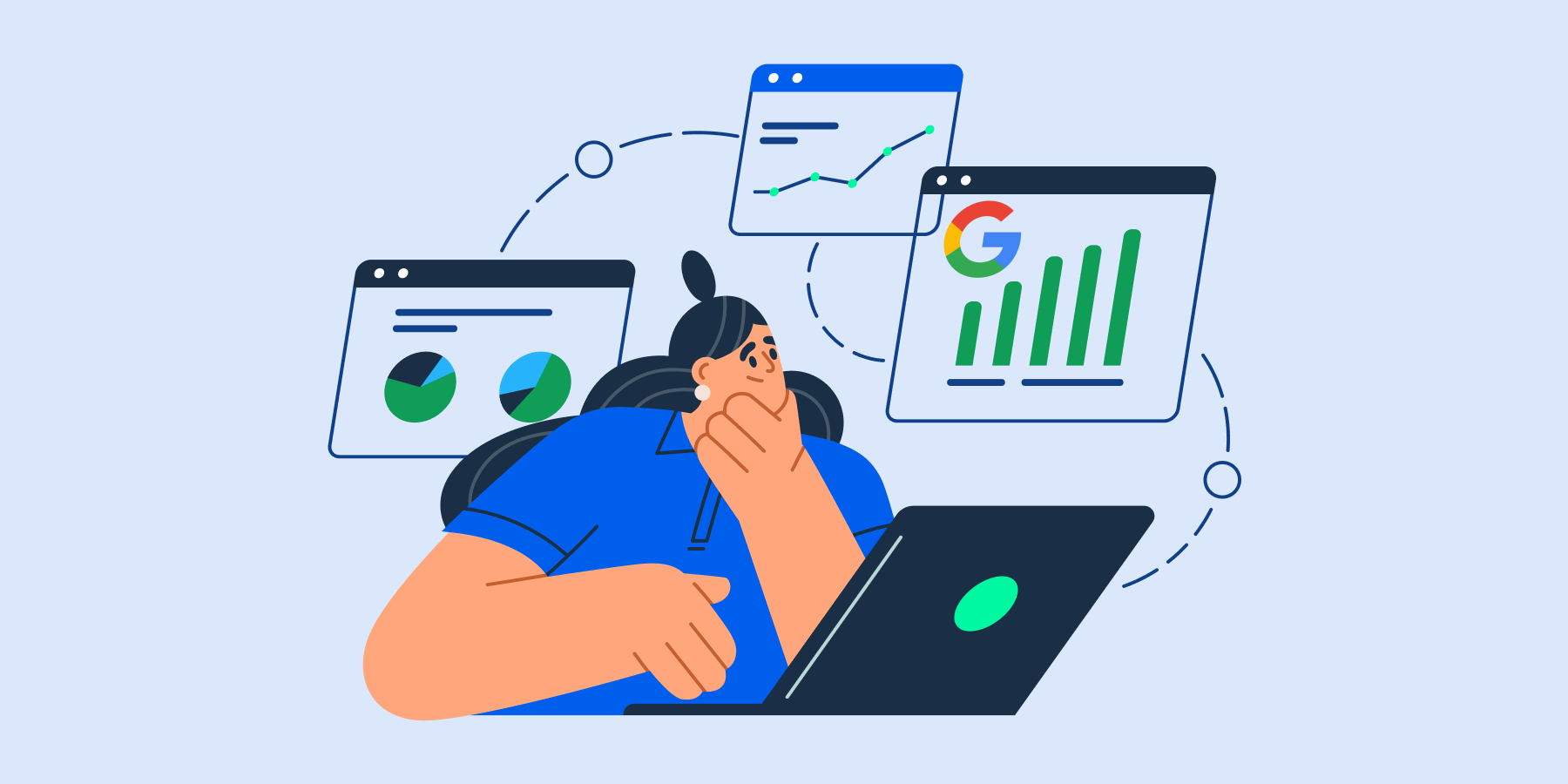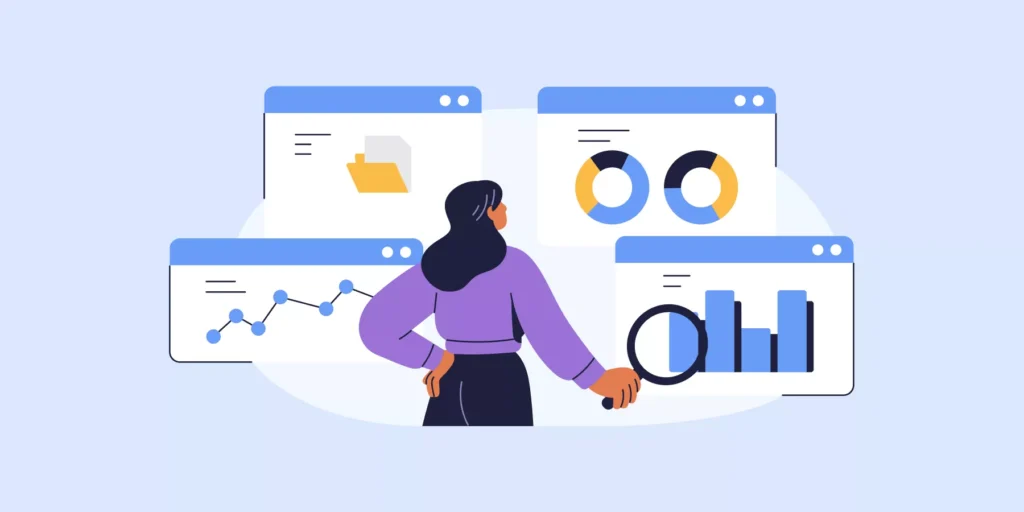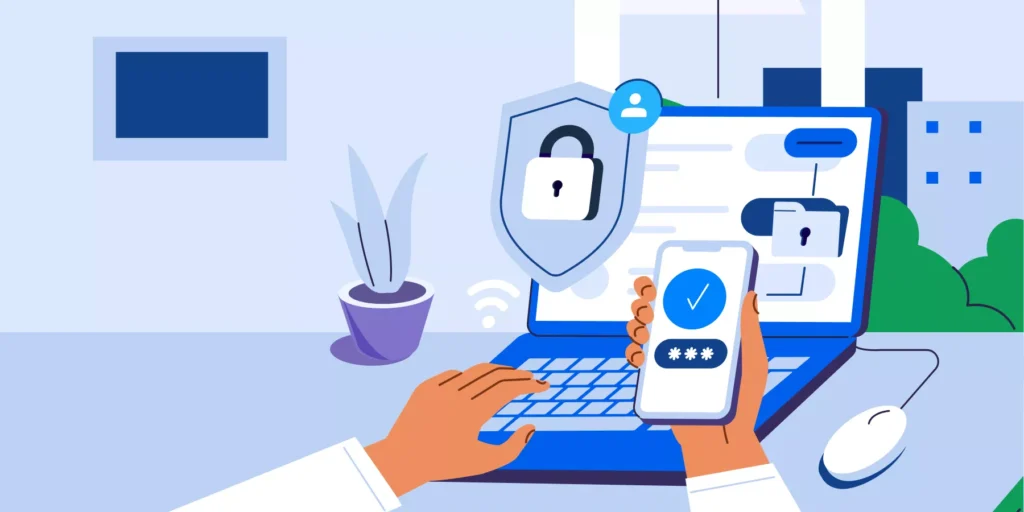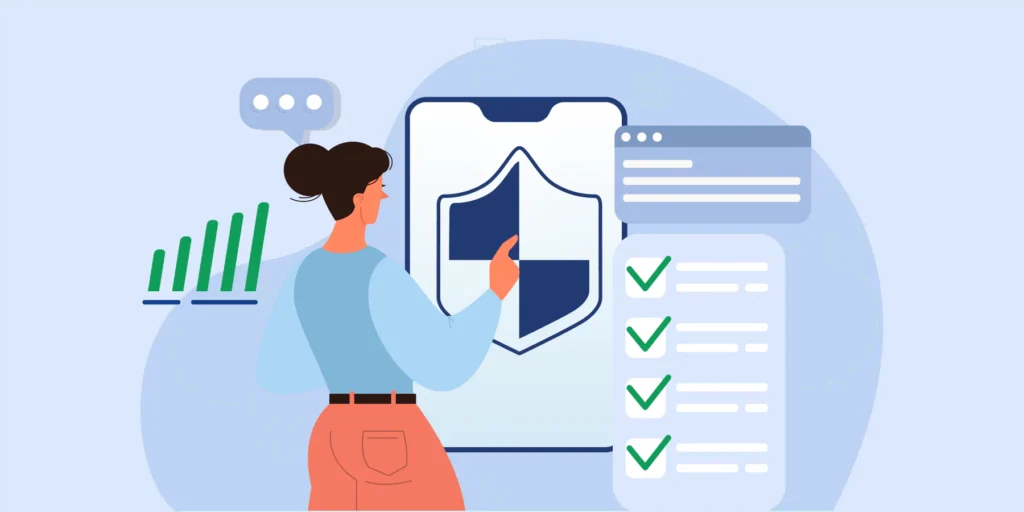Picture this: It’s 2 PM on a Tuesday, and you’re feeling pretty good about your Google Workspace security.
Your access policies? Locked down tight.
Your security stack? Robust as they come.
Then somebody pings you in the Chat.
“Hey, quick question, is it okay that the marketing team is using this cool new AI tool that connects to our shared drive? They’ve been using it for months…”
And just like that, your confidence crumbles. Welcome to the world where your users mean well, but your security posture takes a beating. This is the reality of Google Workspace Shadow IT management.
What Exactly Is Shadow IT? (And Why It’s Everywhere)
Let’s keep it simple. Shadow IT is any app, tool, or service your team uses without getting the IT thumbs-up first.
Think about it, your users aren’t trying to be sneaky. They’re just trying to get stuff done. We all know the approval process you set up, don’t we? Sometimes it feels like an endless loop of forms and waiting for approvals. So they find workarounds.
The Most Common Types of Shadow IT
Understanding what you’re up against helps you prioritize your security efforts. Here are the Shadow IT categories we see most often in Google Workspace environments:
1. Unauthorized Communication and Messaging Tools
Your team might be using Slack alternatives, WhatsApp Business, or Discord for work discussions.
The risk? Sensitive company information is flowing through unmonitored channels with no data retention policies.
2. Personal File Storage and Sharing Services
Dropbox, OneDrive personal accounts, WeTransfer, among others. When Google Drive feels too restrictive or slow, users find alternatives. The problem is that you lose visibility and control over where your company data ends up.
3. Browser Extensions and Productivity Add-ons
AI writing assistants, grammar checkers, password managers, and productivity tools that integrate directly with Gmail and Google Drive. Many request broad permissions that essentially give them access to everything your users can see.
4. External Collaboration and Project Management Platforms
Trello, Notion, Monday.com, Asana, especially when working with external partners or contractors. These often sync with Google Calendar and Gmail, creating data flows you might not be aware of.
5. AI and Automation Tools
The newest category causing headaches for admins. ChatGPT integrations, workflow automation tools, and AI assistants that connect to Google Workspace data. These tools often have unclear data handling policies and retention practices.
6. Third-party Email and Calendar Services
Personal Gmail accounts used for work, scheduling tools like Calendly, or email signature services that process all outgoing communications.
Each of these represents a potential data governance gap and security vulnerability in your Google Workspace environment.
And honestly? The real scope of the problem is alarming:
- ▪️ 42% of team members use email accounts not approved by IT teams
- ▪️ 38% of employees use unapproved personal messenger platforms to discuss work-related matters
- ▪️ 35% use unapproved video conferencing and file storage services
- ▪️ 27% use unapproved collaboration tools
- ▪️ 21% use unapproved file transfer/sharing services
If you’re managing Google Workspace, this isn’t just someone else’s problem. This is YOUR Tuesday afternoon phone call waiting to happen.
The Business Impact of Unmanaged Google Workspace Shadow IT
Here’s where things get serious (and expensive).
Security Breaches That Come with Your Name on Them
Every unapproved app is basically rolling out the red carpet for hackers. A recent report found that data breaches involving “shadow AI” tools cost companies an extra $670,000 on average.
When a breach occurs, the accountability falls directly on IT leadership.
When Auditors Come Knocking
Picture explaining to an auditor why you lack visibility into your organization’s app ecosystem. “I didn’t know it was there” doesn’t exactly inspire confidence.
Just ask Wall Street firms – they’ve paid over $1.1 billion in SEC fines for using unapproved communication tools. That’s billion with a B.
Inefficient Resource Allocation and Budget Impact
You’re investing in Google Workspace, but users are independently procuring duplicate services and creating redundant workflows outside your managed environment. This creates inefficiencies and reduces the ROI of your existing technology investments.
How to Establish Effective Shadow IT Governance
The objective is to enable productivity while maintaining security standards, not to restrict legitimate business needs.
Step 1: Find Out What’s Really Out There
You can’t fix what you can’t see. Time for some detective work.
Do a full discovery audit of your Google Workspace environment. Look for:
- ▪️ Third-party apps with access to user data
- ▪️ OAuth tokens you didn’t approve
- ▪️ Browser extensions that seem suspicious
- ▪️ File sharing patterns that don’t make sense
This step usually opens some eyes. Don’t be surprised if you find way more than you expected.
Step 2: Create an Approval Process That Actually Works
Work with your legal and security teams, but keep it simple. Your users should know:
- ▪️ How to request new tools
- ▪️ What are the approval criteria
- ▪️ How long does the process take
- ▪️ What happens if they go around the system
Make it clear that you’re not trying to slow them down; you’re trying to keep everyone safe.
Step 3: Implement Automated Monitoring and Controls
Manual monitoring of app installations and permission changes isn’t scalable for enterprise environments.
This is exactly why tools like GAT Labs exist. You can:
- ▪️ Get instant, granular visibility to audit and manage all third-party applications in Google Workspace.
- ▪️ Monitor user browsing activity to set up behavior-based alert rules and deploy web filtering for your end-users, proactively preventing risky behavior.
Ready to See What’s Hiding in Your Google Workspace?
Look, you’ve already done the hard work of building a secure Google Workspace foundation. But if Shadow IT is running wild, it’s like building a house with great locks on the front door while leaving all the windows open.
The good news? You don’t have to play detective forever. With the right tools and approach, you can get ahead of Shadow IT instead of constantly playing catch-up.
Ready to see what’s lurking in your Google Workspace? Click here to book a free demo and gain complete visibility into your third-party apps and Shadow IT risks today.
FAQ: Common Google Workspace Shadow IT Questions
Q: How often should I audit for Shadow IT in Google Workspace?
A: At a minimum, quarterly. But with automated monitoring tools, you can get real-time visibility without the manual work.
Q: What are the most common Shadow IT risks in Google Workspace?
A: Unauthorized file sharing apps, productivity browser extensions, and communication tools that sync with Gmail or Drive.
Q: Can I block all third-party apps in Google Workspace?
A: You can, but it’s usually overkill. A smarter approach is setting up approval workflows for new app installations.
Q: How do I convince leadership that Shadow IT is a real problem?
A: Show them the numbers. Run a discovery audit and present the findings, seeing 50+ unapproved apps usually gets their attention fast.
Insights That Matter. In Your Inbox.
Join our newsletter for practical tips on managing, securing, and getting the most out of Google Workspace, designed with Admins and IT teams in mind.







